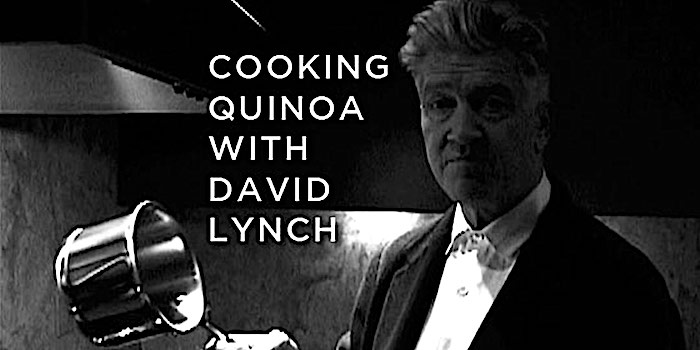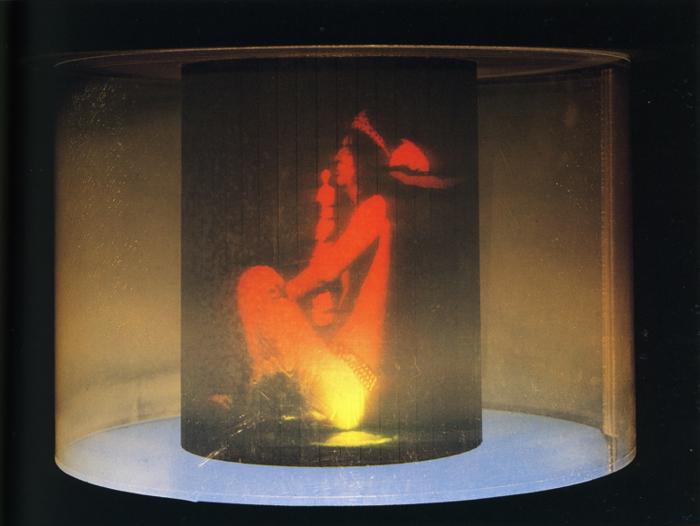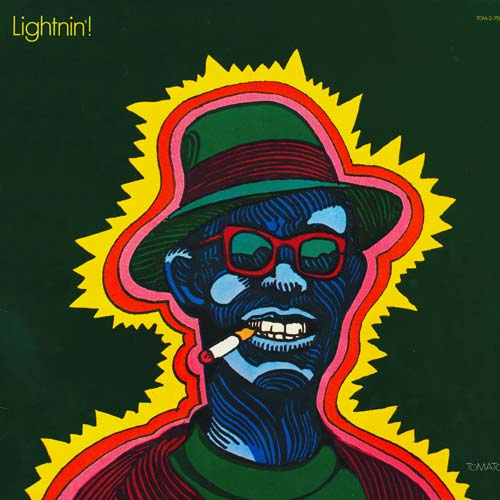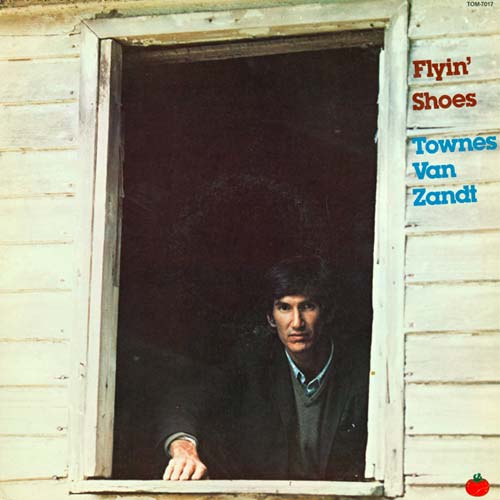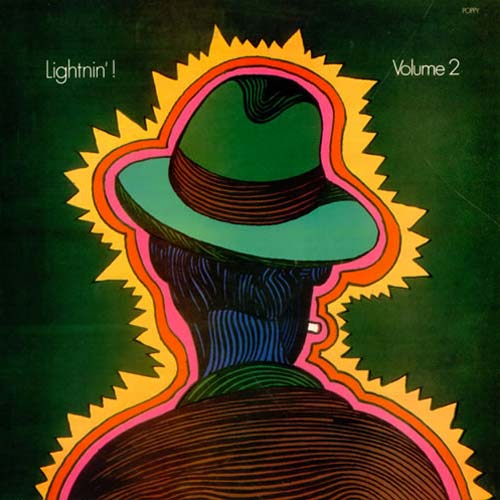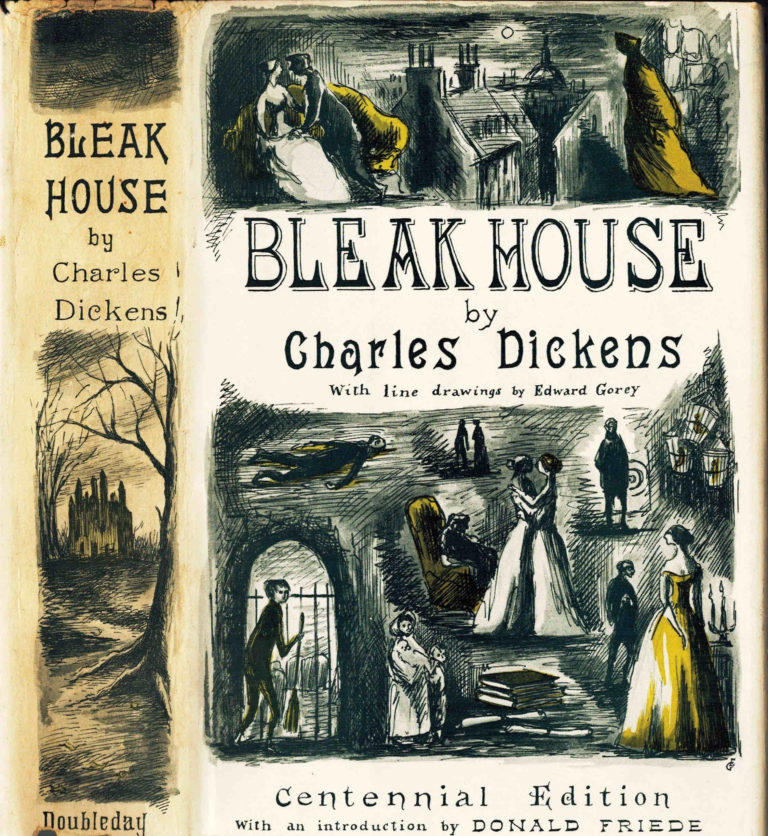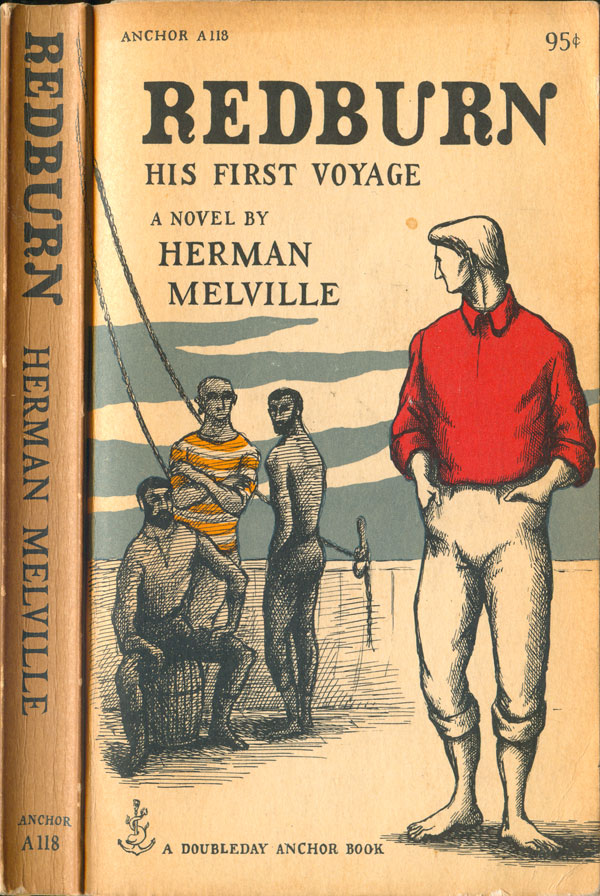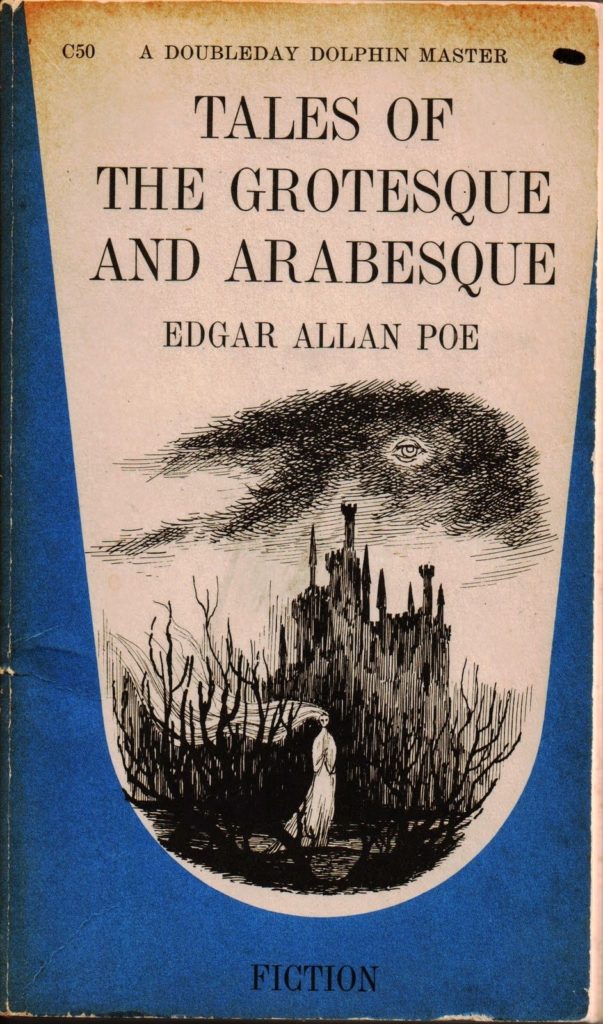If Richard Feynman had only ever published his work in theoretical physics, his name would still be known far and wide. As it is, Feynman remains famous more than thirty years after his death in large part for the way he engaged with the public. From his popular textbook The Feynman Lectures on Physics (which you can read free online here) to his bestselling conversational essay collections like Surely You’re Joking, Mr. Feynman to the classes he taught at Cornell (now available online) to his demonstration of what went wrong with the Space Shuttle Challenger, he kept in conversation all his life with humanity outside the realm of professional science. This explains, in part, why Feynman became what Bill Gates calls, in the video above, “the best teacher I never had.”
Gates points to Feynman’s lecture series “The Character of Physical Law,” previously featured here on Open Culture, as “a great example of how he could explain things in a fun and interesting way to everyone. And he was very funny.”
That sense of humor complemented a sense of rigor: “Dr. Feynman used a tough process on himself, where if he didn’t really understand something, he would push himself,” asking questions like “Do I understand this boundary case?” and “Do I understand why we don’t do it this other way?” Such an effort to find the gaps in and failures of one’s own understanding may sound familiar, fundamental as it is to Feynman’s “notebook” technique of learning that we’ve posted about more than once before.
You only know how well you understand something when you explain it to someone else; many of us realize this, but Feynman lived it. The depth of his own understanding allowed him never to be boring: “Feynman made science so fascinating,” Gates says, “He reminded us how much fun it is,” and in so doing emphasized that “everybody can have a pretty full understanding. He’s such a joyful example of how we’d all like to learn and think about things.” Though the term “science communicator” wasn’t in wide use during Feynman’s lifetime, he played the role to near-perfection. And in the kind of materials highlighted here, he continues to convey not just knowledge but, as he liked to put it, the pleasure of finding things out.
Related Content:
Richard Feynman’s “Lost Lecture:” An Animated Retelling
The “Feynman Technique” for Studying Effectively: An Animated Primer
Based in Seoul, Colin Marshall writes and broadcasts on cities, language, and culture. His projects include the book The Stateless City: a Walk through 21st-Century Los Angeles and the video series The City in Cinema. Follow him on Twitter at @colinmarshall, on Facebook, or on Instagram.
